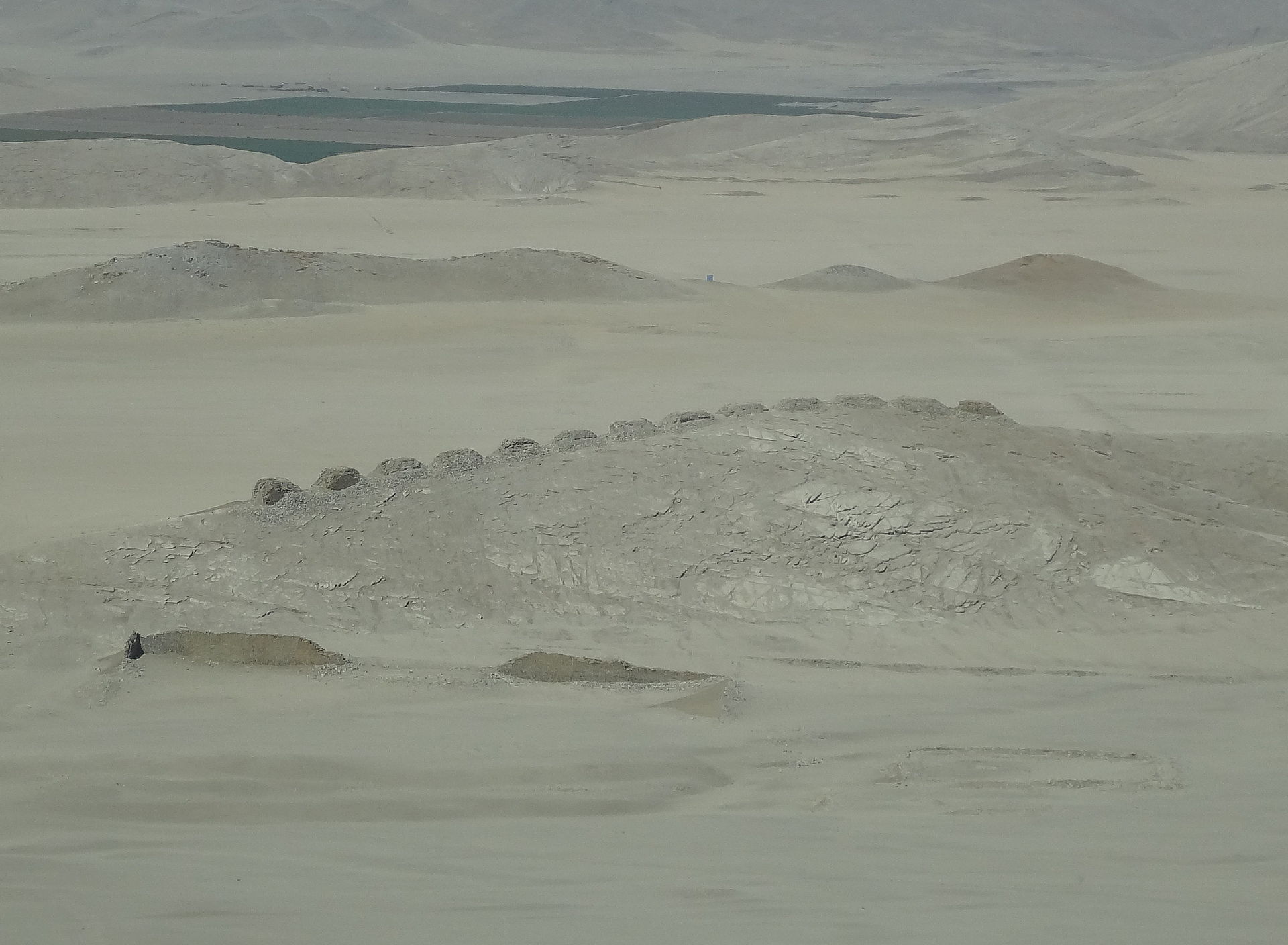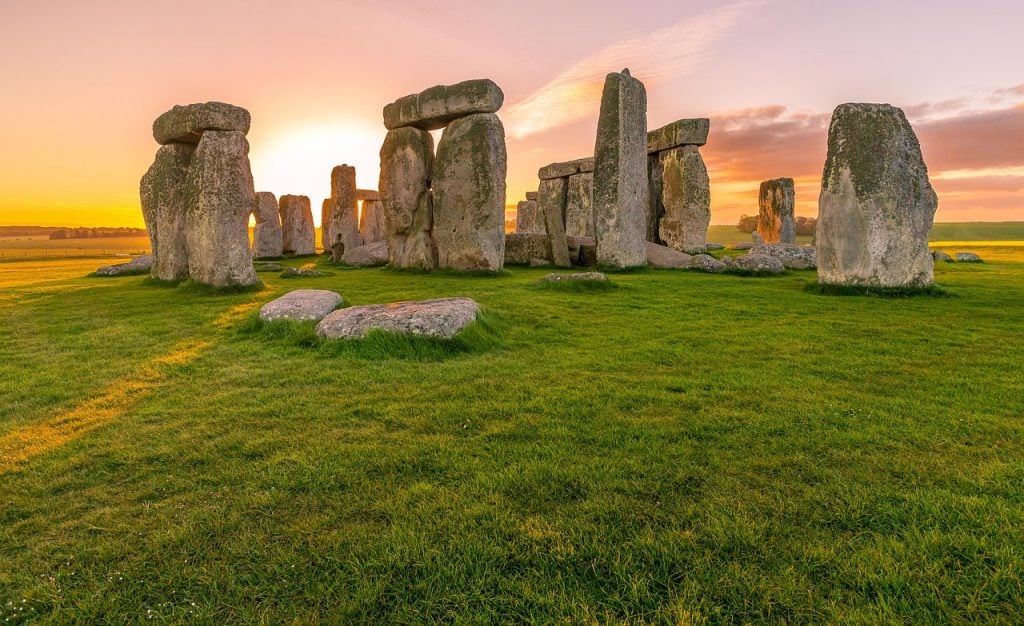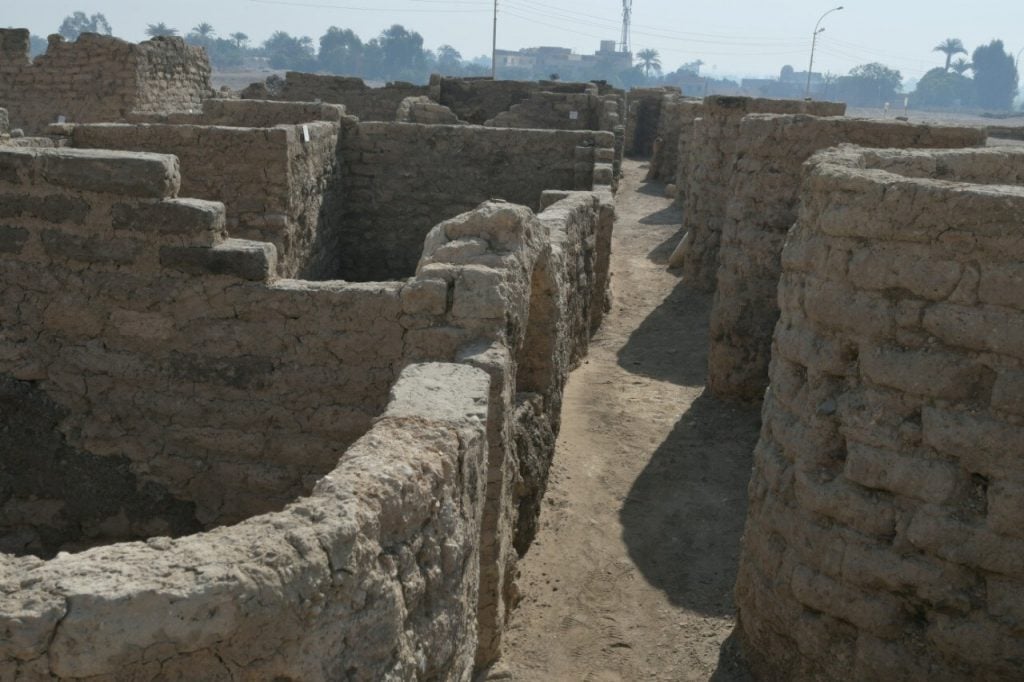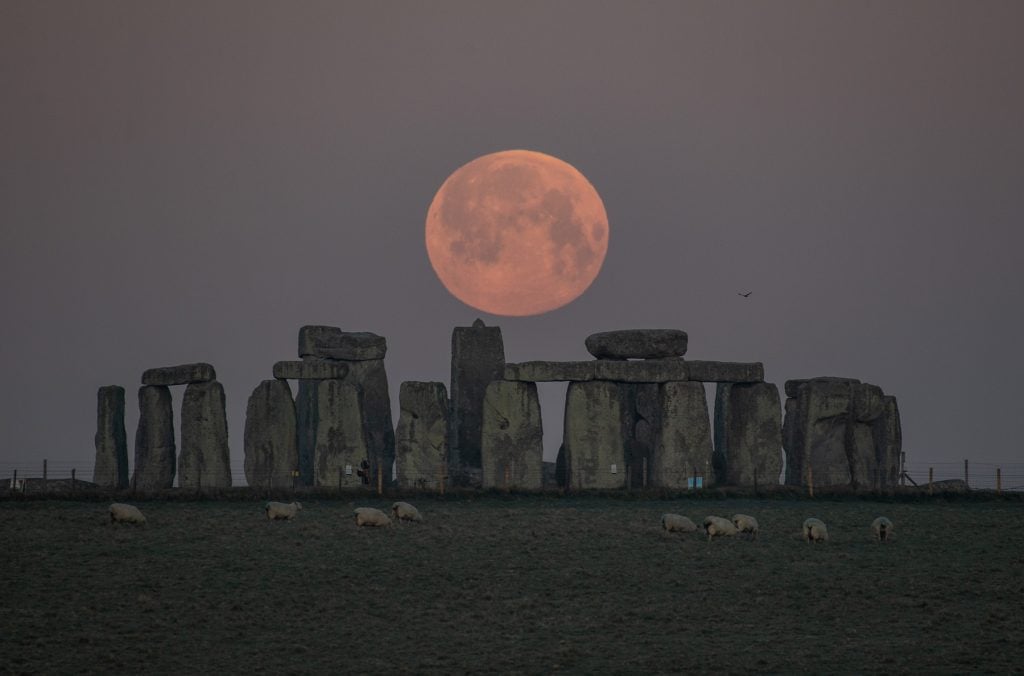Long before the Incas rose to power in Peru and began to celebrate their sun god, a little known civilization was building the earliest known astronomical observatory in the Americas.
While not quite as old as sites like Stonehenge, these ancient ruins, known as Chankillo, are considered a "masterpiece of human creative genius", holding unique features not seen anywhere else in the world.
Based in the coastal desert of Peru, the archaeological site famously contains a row of 13 stone towers, which together trace the horizon of a hill, north to south, like a toothy bottom grin.

The Thirteen Towers of Chankillo. (David Edgar/Wikipedia/CC BY-SA 3.0)
Apart from this remarkable structure, known as the Thirteen Towers, the ruins of the observatory also include a triple-walled hilltop complex called the Fortified Temple and two building complexes called the Observatory and the Administrative Center.
Completed over 2,300 years ago and abandoned in the first century of the common era, the site has remained a mystery to travelers for centuries.
Only when official excavations began at the turn of the 21st century, did archaeologists realize what they were looking at. READ MORE...
Apart from this remarkable structure, known as the Thirteen Towers, the ruins of the observatory also include a triple-walled hilltop complex called the Fortified Temple and two building complexes called the Observatory and the Administrative Center.
Completed over 2,300 years ago and abandoned in the first century of the common era, the site has remained a mystery to travelers for centuries.
Only when official excavations began at the turn of the 21st century, did archaeologists realize what they were looking at. READ MORE...






